The Rise of the Metaverse and Immersive Arts
The rise of the metaverse has opened new possibilities for artists, museums, and cultural institutions to create immersive virtual experiences. Galleries and museums are hosting virtual exhibitions, allowing global audiences to explore art from the comfort of their homes. Meanwhile, artists are exploring NFTs (non-fungible tokens) and digital art forms, pushing the boundaries of creativity in the digital realm. These innovations are transforming how art is created, shared, and experienced, making it more accessible than ever before.

PAR and VR Enhance Storytelling Across Industries
Augmented Reality (AR) and Virtual Reality (VR) technologies are being used to enhance storytelling in film, theater, and gaming. For example, AR apps allow users to interact with historical sites, bringing the past to life in vivid detail. Similarly, VR enables audiences to experience live performances, such as concerts or theater productions, from anywhere in the world. These technologies are enhancing storytelling. They create deeper connections between creators and audiences. They offer experiences that transcend physical limitations.
Streaming Platforms Redefine Content Consumption
Streaming platforms like Netflix, Disney+, Spotify, and YouTube continue to dominate the entertainment industry. They reshape how people consume music, films, and TV shows. On-demand content has become the norm, catering to the preferences of modern audiences who value flexibility and variety. Podcasts and audiobooks are also growing in popularity, providing alternative formats for storytelling and education. This shift reflects a broader trend toward personalized and accessible entertainment options.
The Role of NFTs in Empowering Digital Artists
NFTs have emerged as a powerful tool for empowering digital artists. They enable them to monetize their work directly without intermediaries. By tokenizing their creations, artists can ensure authenticity and ownership while reaching a global audience. This innovation has sparked debates about the future of art ownership. It also raises questions about intellectual property. However, it has undeniably created new opportunities for creators in the digital age.
Bridging Physical and Virtual Worlds Through Technology
Technologies like AR and VR are bridging the gap between physical and virtual worlds. They offer new ways to engage with content. For instance, AR filters on social media platforms allow users to interact with brands. They enable playful interactions with artists. VR headsets transport users to entirely new environments. These advancements are blurring the lines between reality and imagination, creating limitless possibilities for entertainment, education, and cultural exploration.

A Future Shaped by Digital Innovation
As digital transformation continues to reshape experiences, the future holds immense potential for further innovation. The metaverse, AR/VR, and streaming platforms mark the start of a new era. In this era, virtual experiences become integral to daily life. However, challenges such as accessibility, privacy, and ethical considerations must be addressed to ensure equitable access and sustainable growth. By embracing these technologies responsibly, society can unlock new dimensions of creativity, connection, and cultural exchange.


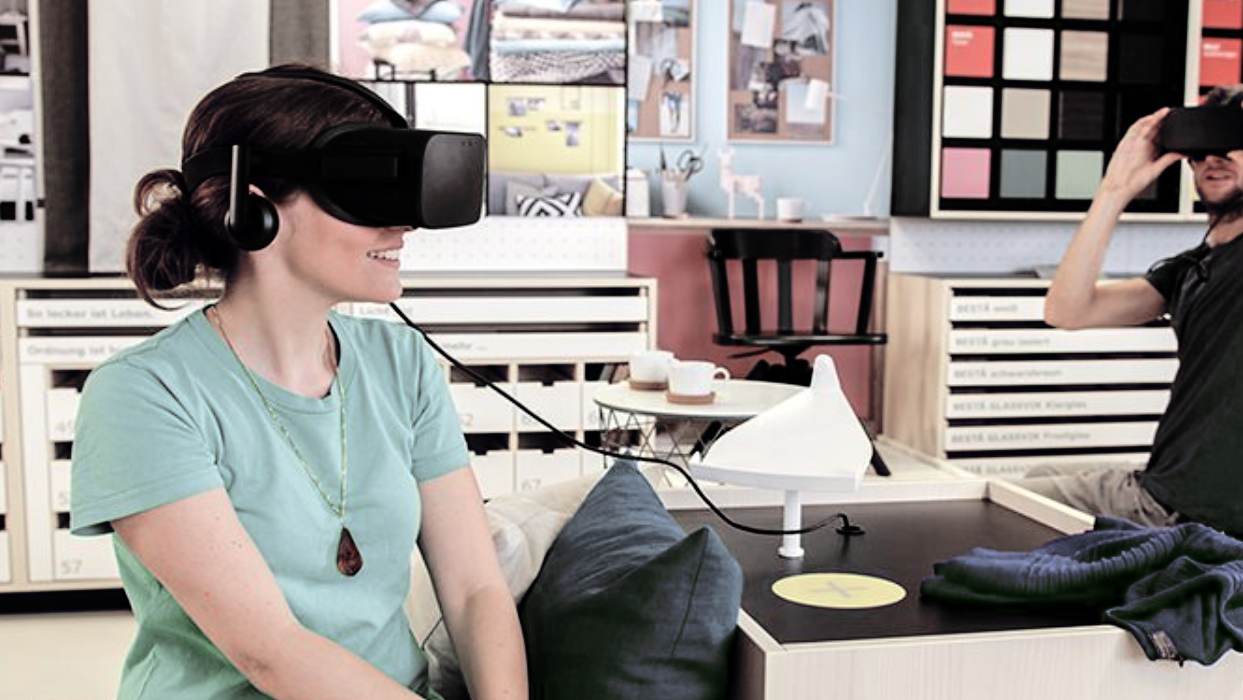
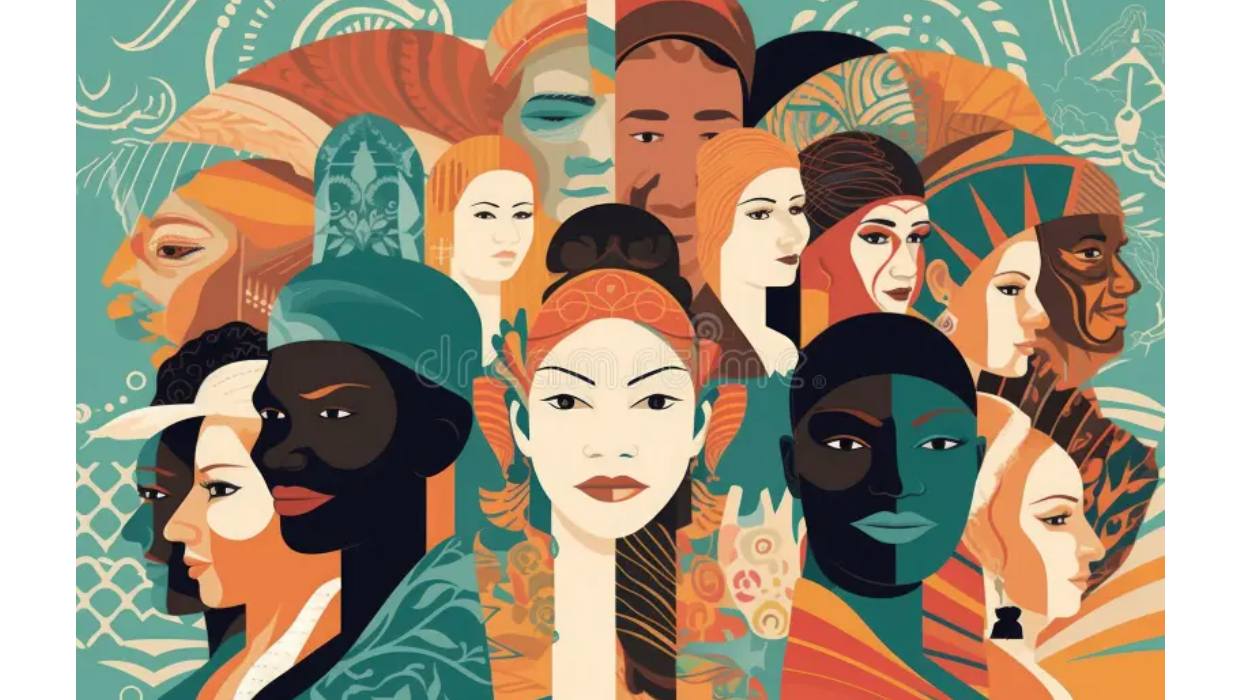
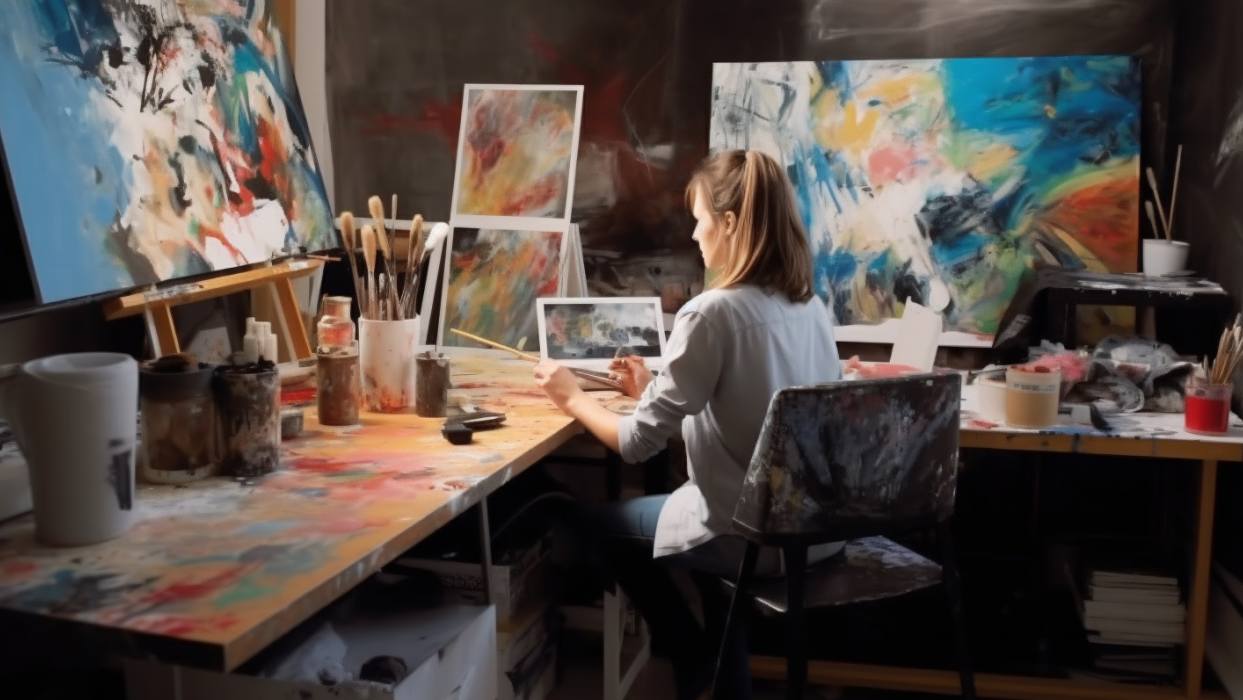

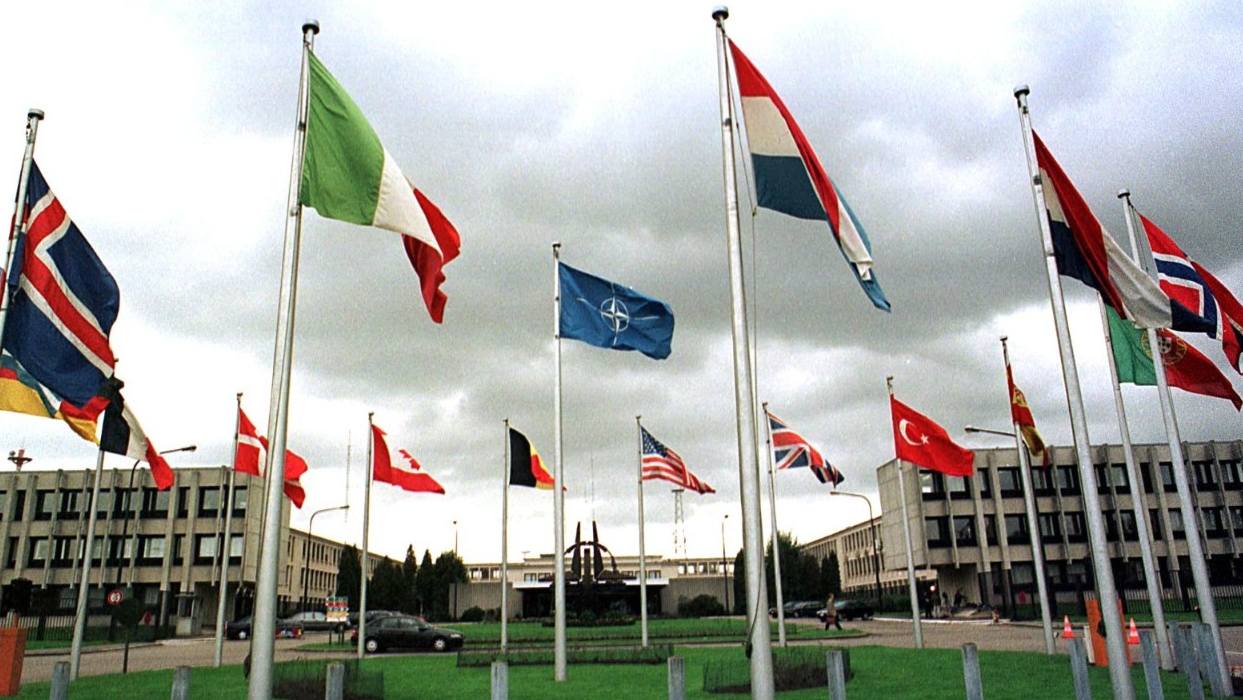


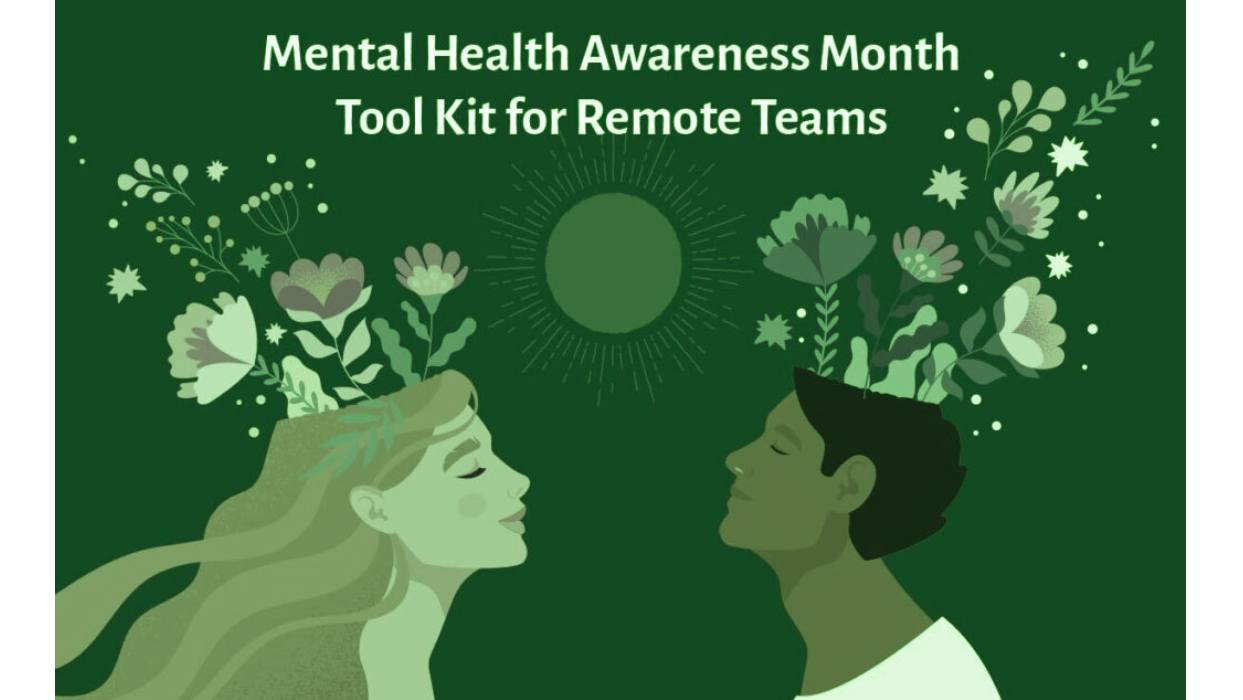

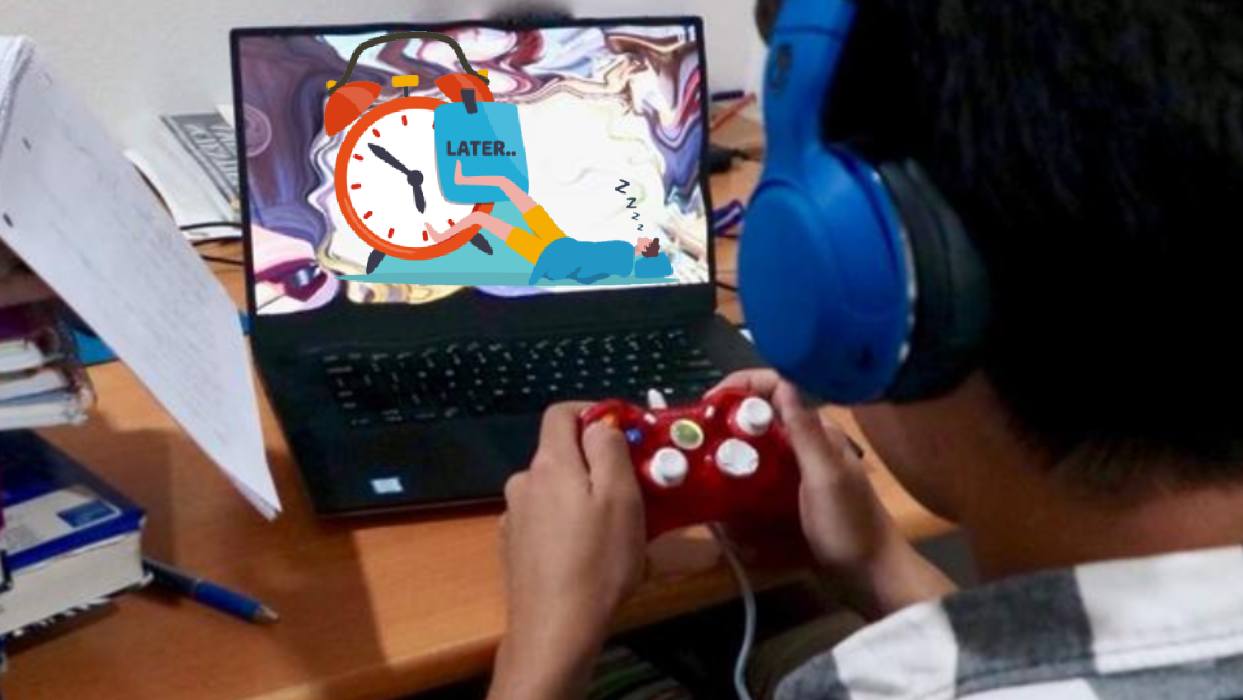
Leave a Reply